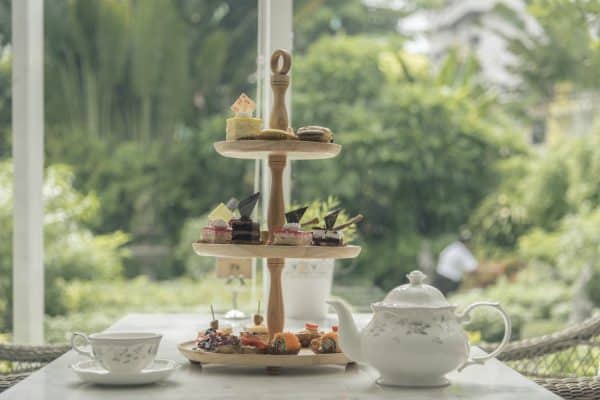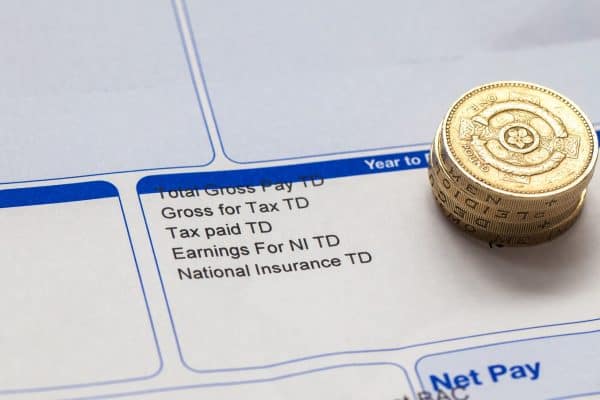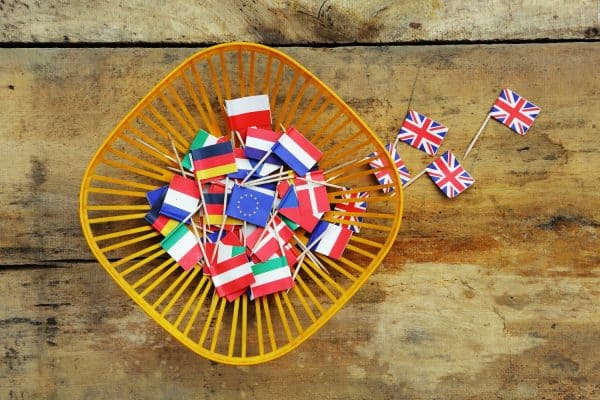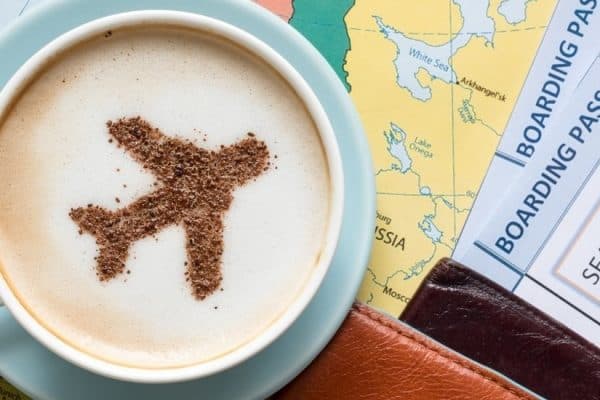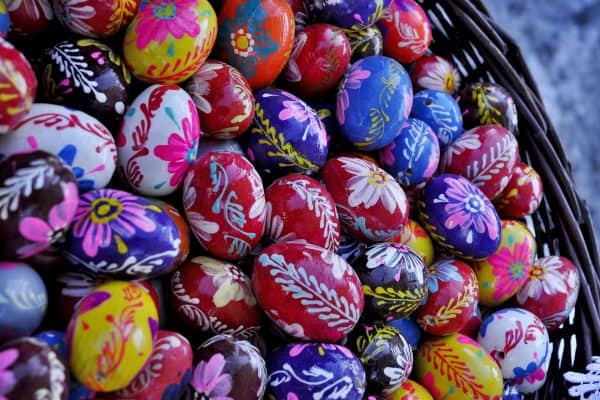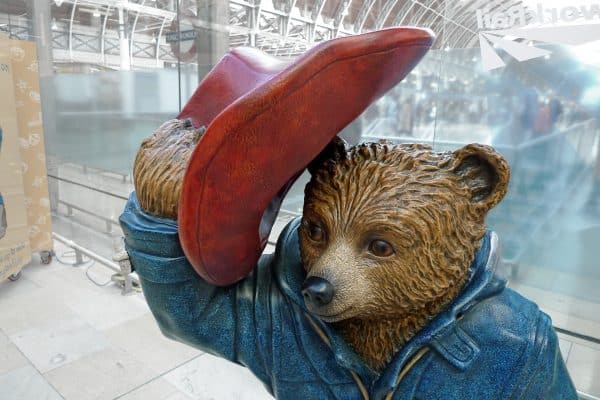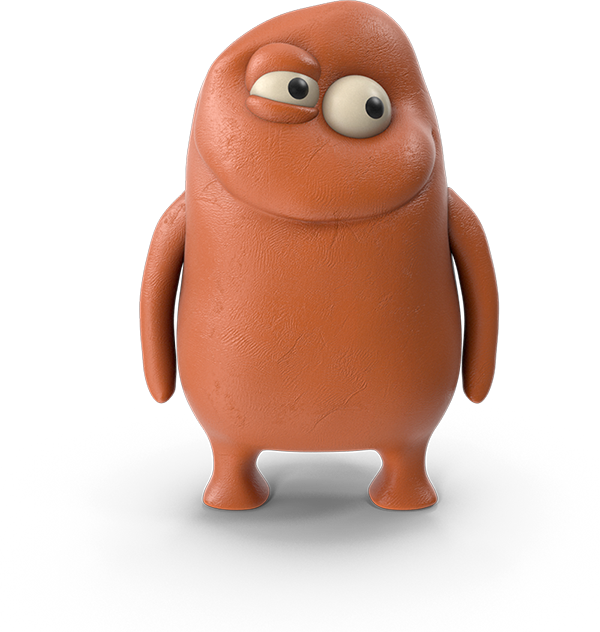When you think of a famous bear, who comes to mind first? Paddington? Yogi? Or Pooh? If Winnie the Pooh was the first famous bear to spring to mind, then you’re in good company. The origins of Winnie the Pooh are well-known. Our favourite silly old bear was a toy owned by Christopher Robin Milne, son of author A.A. Milne, and is named for a bear Christopher Robin regularly saw while visiting London Zoo.
Ever since A.A. Milne’s first book of stories about Winnie the Pooh and Christopher’s other toys were first published in 1926, the bear and his friends have been welcomed into the public’s homes and hearts. Milne’s stories have been interpreted for theatre, audio recordings, radio, and countless films and TV shows over the years. Winnie the Pooh has even appeared in video games! But, with Pooh Bear appearing so prolifically for over 90 years, which of the many Winnie the Pooh collectibles and pieces of merchandise have become valuable over time?
Vintage Winnie the Pooh books
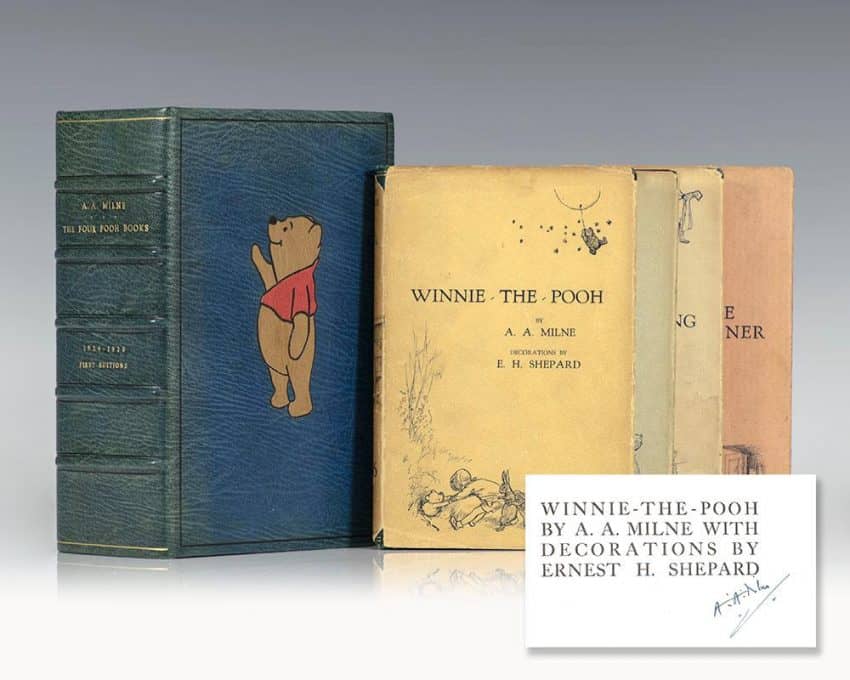
Image courtesy of Abe Books
If you have a collection of old-looking Winnie the Pooh books in your attic or loft, you may well be wondering if they’re worth anything. Perhaps surprisingly, Milne only wrote two books about his son’s toys and their adventures in the Hundred Acre Wood: Winnie-the-Pooh (1926) and The House at Pooh Corner (1928), but Pooh also featured in two books of Milne’s poetry. Winnie the Pooh’s first appearance was as “Edward Bear” in Milne’s 1924 collection of poems When We Were Very Young. You’ll also find plenty of Pooh in Now We Are Six, another collection of poems that A.A. Milne published in 1927.
As you might imagine, early editions of these four books are among the most valuable Winnie the Pooh collectibles. First editions, of course, are the most valuable, with complete sets of all four of Milne’s books in used condition selling for upwards of £10,000. Signed copies, as a set, can sell for more than £30,000! Later early editions are also still extremely valuable, with some fetching up to half the price of their first edition counterparts. To find out if your copies are first editions, the first thing to check is the publisher. The first UK editions of Milne’s books were all published by Methuen. Then there are a few other things to check for each book to make sure it’s a true first edition.
When We Were Very Young
First editions of A.A. Milne’s first book to feature Winnie the Pooh had blue front and back cover boards, with E.H. Shepard’s illustrations stamped in gilt on both covers. The dust jacket, which also features illustrations by E.H. Shepard, is pale yellow – although it may have browned a little, being almost 100 years old – and many have been lost over time. First printings of When We Were Very Young can also be spotted by the absence of the number “ix” from the contents pages. The second printing of the first edition, which followed hot on the heels of the first, corrected this omission. This makes first edition, first print run copies of the book extremely rare and a serious collector may well pay more than £10,000 for this book alone.
Later in 1924, a very limited, 100-copy run of a “large paper” edition of When We Were Very Young was published by Methuen. Each copy was printed on handmade paper, and was signed both by A.A. Milne and illustrator E.H. Shepard. As only 100 of these books were ever made, they are extremely rare. Copies in good condition for their age could be worth more than £15,000!
Did you know that Winnie the Pooh didn’t get his signature red shirt until 1932, when he was bought by then-rights owner, Stephen Slesinger?
Winnie the Pooh
As the first book Milne wrote that was solely about Winnie the Pooh, Christopher Robin and their adventures in the Hundred Acre Wood, Winnie the Pooh holds a special place in many people’s hearts. The book includes one of Milne’s most famous quotes: “This writing business. Pencils and what-not. Over-rated, if you ask me. Silly stuff. Nothing in it.” When you think how successful Milne’s books went on to be, you can appreciate the irony of this quote!
First edition copies of Winnie the Pooh have a green cloth binding with gold gilt edges. They also features one of E.H Shepard’s illustrations of Pooh Bear and Christopher Robin, also stamped in gilt, on the front cover. First editions also originally had bright yellow dust jackets showing E.H. Shepard’s illustrations and the price, 7/6 net, on the spine. On the inside, the front and rear papers are illustrated with a map of the “100 Aker Wood”. A copy of Winnie the Pooh with its dust jacket in good condition can be worth more than £10,000. But, even if the dust jacket is lost or the book is a bit worse for wear, you could still fetch about £2,000 for it.
Large paper editions
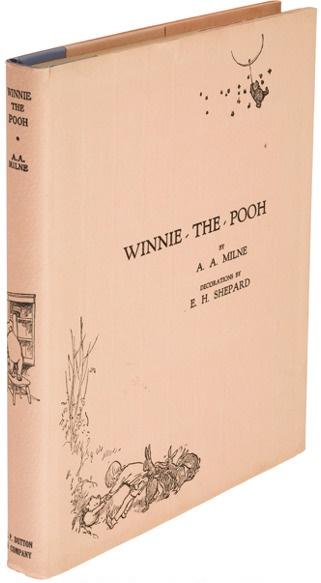
A rare large paper edition of Winnie the Pooh | Image courtesy of Abe Books
Winnie the Pooh was also published as a large paper edition by Methuen, on handmade paper and with each copy signed by Milne and Shepard. The print run was very limited, with only 350 copies produced. US publisher Dutton & Co. also printed a similar large paper edition the same year, with 200 numbered copies and 26 lettered copies produced to make them easy to identify. UK large paper editions of Winnie the Pooh have two-tone blue board covers, while the American versions have blue and pink covers. Either version of the large paper edition, because they are so rare, is worth well over £10,000 in good condition.
Now We Are Six
Now We Are Six is a collection of 35 poems, 11 of which are paired will beautiful E.H. Shepard illustrations of Winnie the Pooh. These include “Furry Bear”, “The Friend” and “The Morning Walk”, among others. First editions were bound in maroon cloth, and were decorated with gilt illustrations by E.H. Shepard. On the inside, pink end papers feature illustrations by Shepard, too. The dust jacket for the first edition of Now We Are Six was very pale green – and features decorations above and below the title and author text, and on the spine. First editions of this book, though, are less valuable than others in the collection. Even with a good condition dust jacket, you’re looking at around £2,000 – £3,000 for Now We Are Six.
However, there is more money to be had if you can get your hands on a copy of the limited, large paper edition. Again, these 200 limited edition copies of Now We Are Six were printed on handmade paper and signed by the author and illustrator. They were bound in salmon pink paper with a beige buckram cloth spine, and bore a printed label on the front board. If you have a copy of this book, with its dust jacket, you could sell it for more than £5,000.
The House At Pooh Corner
The final installment in the Pooh Quartet, The House At Pooh Corner is the book that introduced Tigger, one of the most loved characters in the Pooh universe. As the last of Pooh written by A.A. Milne, The House At Pooh Corner is extremely desirable for collectors. First editions were bound in salmon pink cloth, with a gilt border. They also feature illustrations of Pooh and Christopher Robin on the front board. The more the salmon pink has retained its bright colour, the more valuable the book will be. The yellow dust jacket includes illustrations by E.H. Shepard on the front cover and spine, and he illustrated the pink inside end papers, too. One of these in good condition can fetch upwards of £3,000.
The House At Pooh Corner was also printed as a very limited, large paper edition. The 350 copies are each signed by A.A. Milne and E.H. Shepard, have cream paper-covered boards with a blue buckram cloth spine and a printed label on the front. Large paper editions of this final installment of Milne’s Pooh stories can be worth double the regular first edition. They have been known to sell for over £6,000.
Pooh after A.A. Milne
Although The House At Pooh Corner was the last book of Pooh stories that A.A. Milne wrote, other stories about Winnie the Pooh and the gang have been published since. In 2009, David Benedictus published a sequel – Return to the Hundred Acre Wood – in 2009. What makes Benedictus’s sequel different to other collections of post-Milne Pooh stories that were, perhaps, put together by rights owners Disney, is that Return to the Hundred Acre Wood was authorised by the trustees of A.A. Milne’s estate. The collection of ten stories is illustrated in the style of E.H. Shepard by Mark Burgess.
Because Return to the Hundred Acre Wood is such a new book, first edition copies are much more available and so less valuable. Currently, you can expect to make between £50 and £100 from a first edition, first printing copy that’s in excellent condition. But, they’re likely worth holding onto for now.
Original drawings
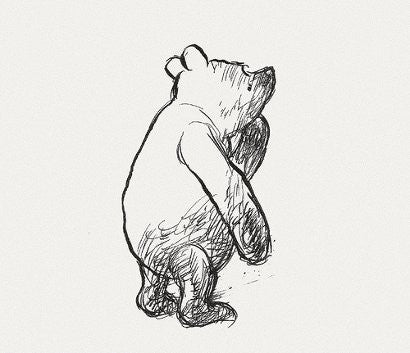
Pooh in thoughtful mode
Almost as famous as A.A. Milne’s stories about Winnie the Pooh are the illustrations that accompanied them, drawn by E.H. Shepard. In 2008, a collection of E.H. Shepard’s original drawings achieved £1.26 million in a sale at Sotheby’s. The most expensive lot was a drawing of Winnie the Pooh and Piglet walking in circles through the snow. Selling for £115,250, it sold for double its pre-sale estimate!
Another high value illustration is Shepard’s original map of the Hundred Acre Wood, which he drew to look as though Christopher Robin drew it. Shepard was so committed to the map being Christopher Robin’s interpretation that he even included deliberate, child-like spelling mistakes. The map was created in 1926 to accompany Winnie the Pooh, Milne’s first collection of Pooh stories, but has rarely been seen since. This makes it extremely valuable. So much so, that when a copy recently came to auction, it sold for $500,000 (£388,862). Similarly, a rare original ink sketch of Pooh and Christopher Robin playing Poohsticks recently sold for an extremely high price. At auction, the winning bidder paid for $400,000 for the drawing. It had been kept in a private collection – and so in excellent condition – for more than 40 years!
Did you know that Owl and Rabbit were the only Winnie the Pooh characters not based on Christopher Robin’s toys?
Winnie the Pooh toys
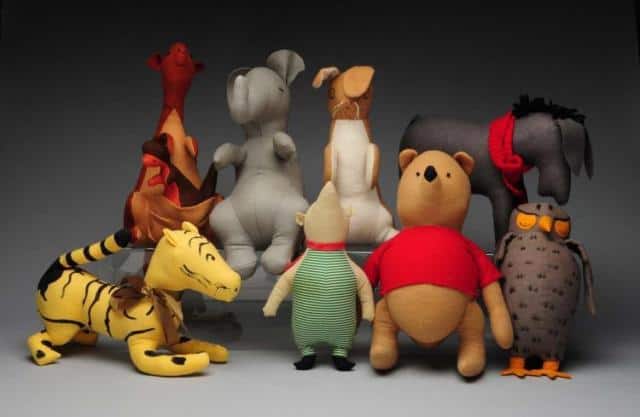
Image courtesy of eBay
Before Disney bought the rights to all things Winnie the Pooh, shortly after the Second World War, Agnes Brush, a New Yorker, assumed the license to produce Winnie the Pooh cuddly toys. She hired seven or eight other women – all talented seamstresses like herself – to help her produce the toys. Each of the toys the ladies produced was sewn from patterns that Mrs Brush supplied, based on E.H. Shepard’s illustrations. As all the details – stitching and painting – were added by hand, each of the “Agnes Brush” Winnie the Pooh toys is unique.
Mrs Brush produced toys based on all of the characters in A.A. Milne’s Winnie the Pooh stories: Pooh Bear, Piglet, Tigger, Kanga and Roo, Owl, Rabbit, the Heffalump, and of course, Eeyore. At the time, each toy sold for in the region of $5-$10, roughly $50 or £40 in today’s money. But, because of their pre-Disney heritage, Mrs Brush’s surviving toys are a little more valuable these days!
- Agnes Brush Pooh and Piglet: sold for £273 in November 2018
- Antique Pooh, Piglet, Eeyore and Owl: sold for £336.53 in November 2018, and another for £297 in December 2018
- Individual toys from the Winnie the Pooh collection: routinely sell for about £70 each
